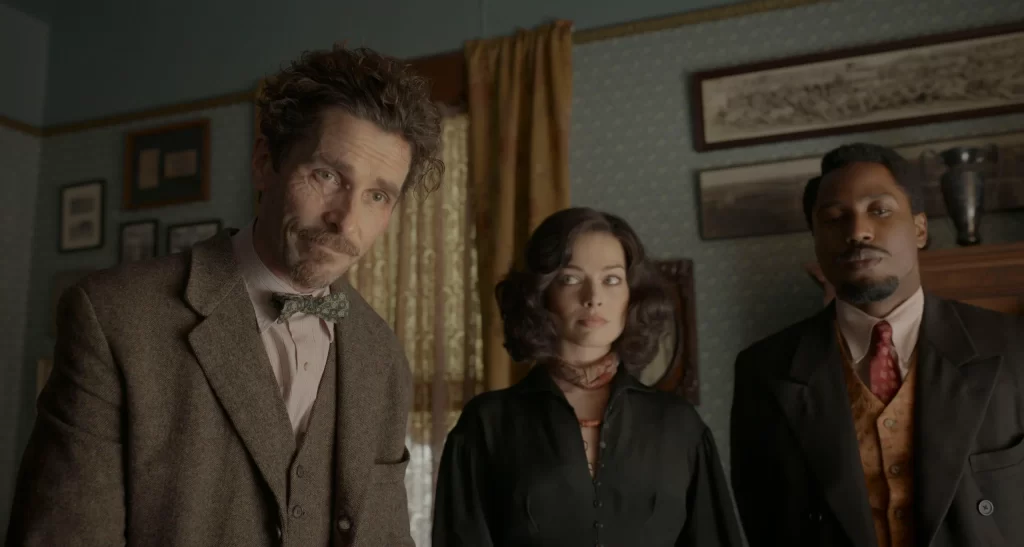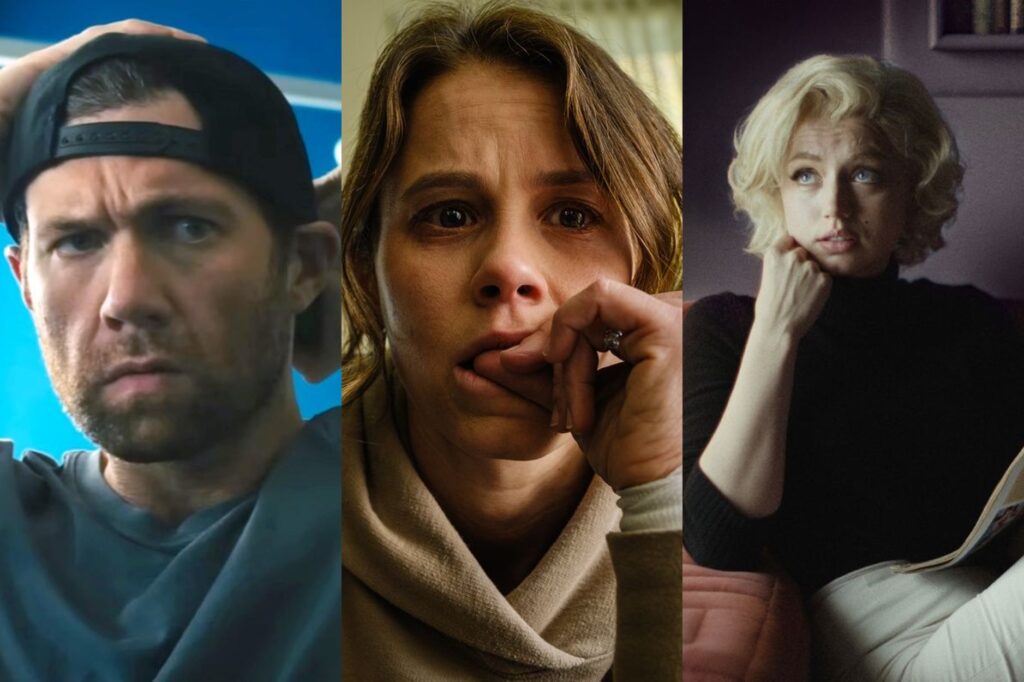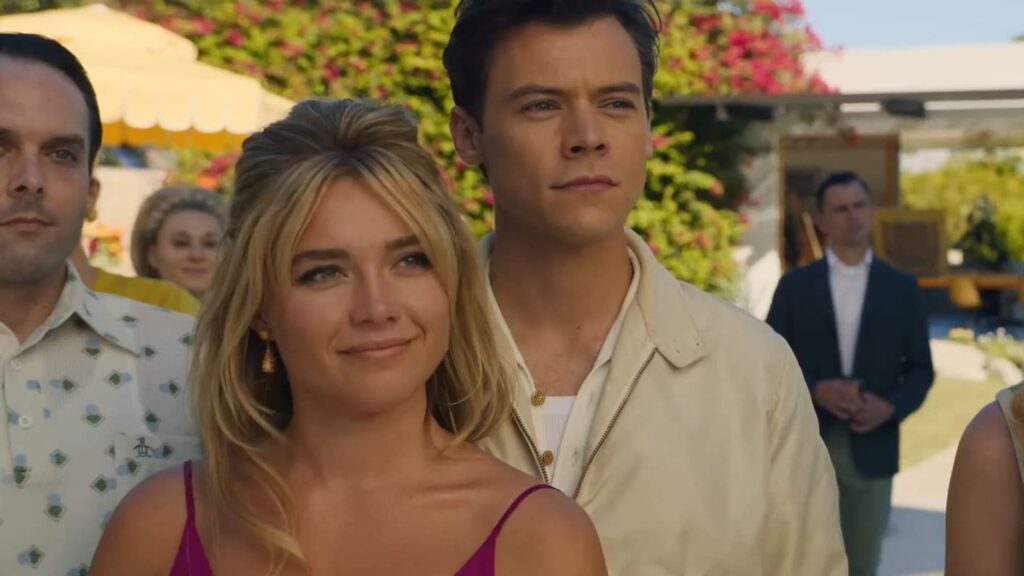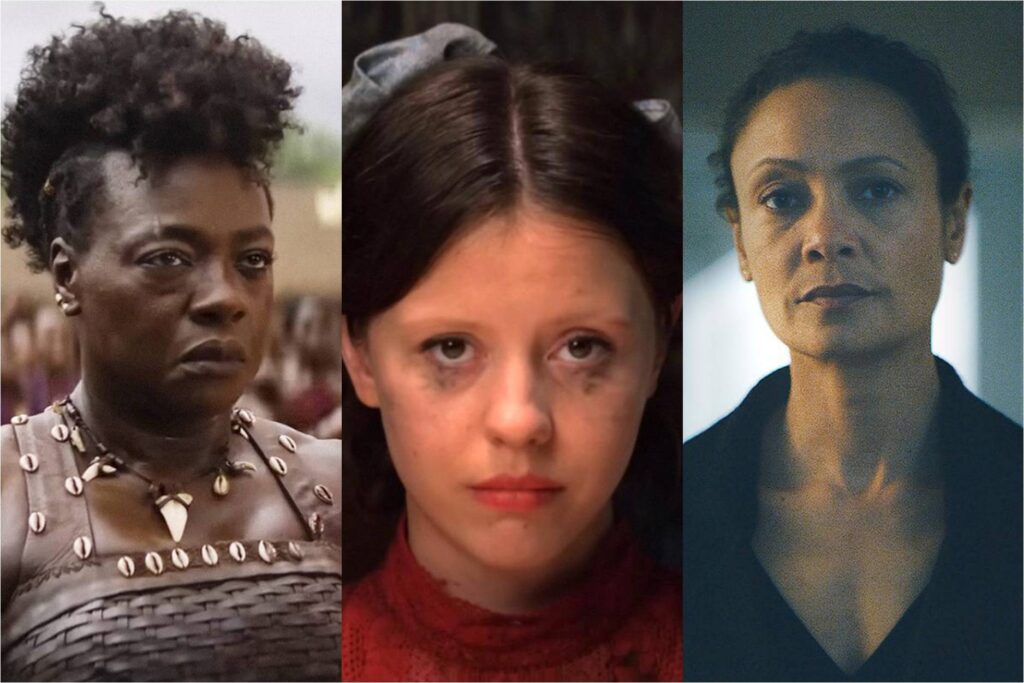Triangle of Sadness: The Big Seasick

The opening scenes of Triangle of Sadness, the latest sharply etched provocation from writer-director Ruben Östlund, suggests that the Swedish filmmaker has once again shifted his satirical sights. After splintering the nuclear family in Force Majeure and skewering the pomposity of the art world (sometimes brilliantly, sometimes tediously) with The Square, Östlund opens his newest effort at yet another swanky location: a modeling agency. Strolling amid the male performers—there are enough six-packs on display to fill the soda aisle at Wal-Mart—a preening media personality (Thobias Thorwid) remarks on the industry’s inverse relationship between prestige and temperament; the fancier the brand, the grumpier the models tend to appear. This pithy observation is followed by a faintly humiliating audition scene in which the gorgeous Carl (Harris Dickinson) is instructed on how to walk the runway with a semblance of rhythm, then a catwalk sequence where eager onlookers are unceremoniously shunted aside to make room for more exalted clientele.
This playful, reproachful introduction insinuates that Triangle of Sadness will proceed as a systematic dismantling of the bizarre rituals and entrenched smugness of the land of high fashion. But Östlund’s aim isn’t so small. No, it turns out instead that his target is no less than all of western civilization. This movie, with its beaming smiles and gleaming surfaces and gauche desires and festering underbellies, seeks to rip up the social contract and expose humanity’s rotted core. Superficially speaking, it’s attacking the shamelessness of the ultra-wealthy, but that’s only half the game. Sure, Östlund wants to eat the rich, but if he inadvertently devours some poor people in the process, more’s the better. Read More




